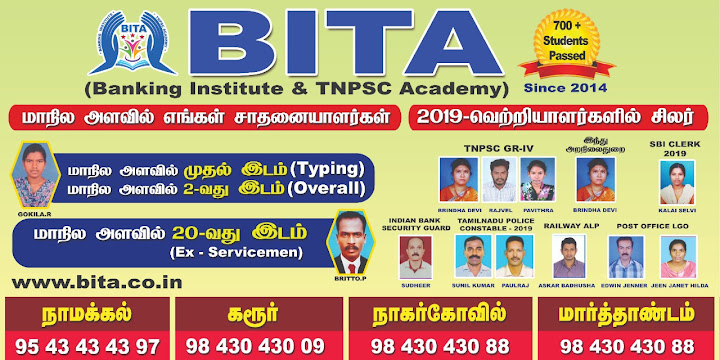1.
Once you load the suitable program and provide required data,
computer does not need human intervention. This feature is known as
___________.
(a)
Accuracy
(b)
Reliability
(c)
Versatility
(d)
Automatic
(e)
No IQ
Explanation:
Being Automatic is the ability to do things without occupying the
mind with the low-level details required, allowing it to become an
automatic response pattern or habit.
2.
Personal computers used a number of chips mounted on a main circuit
board. What is the common name for such boards?
(a)
Daughterboard
(b)
Motherboard
(c)
Father board
(d)
Childboard
Explanation:
A motherboard is one of the most essential parts of a computer
system. It holds together many of the crucial components of a
computer, including the central processing unit (CPU), memory and
connectors for input and output devices.
3.
Which of the following is not the classification of computers based
on operating principle?
(a)
Electronic Computers
(b)
Analog Computers
(c)
Digital Computers
(d)
Hybrid Computers
(e)
Both (b) and (c)
Explanation:
Analog, Digital and Hybrid are classification of computer based on
operating principle.
4.
Networking such as LAN, MAN started from which generation of
computers?
(a)
First generation
(b)
Second generation
(c)
Third generation
(d)
Fourth generation
(e)
Fifth generation
Explanation:
The continued improvement in fourth generation allowed the networking
of computers for the sharing of data. Local Area Network(LAN) and
Wide Area Network(WAN), were potential benefits, in that they could
be implemented in corporations and everybody could share data over
it. Then the internet and World Wide Web appeared on the computer
scene and fomented the Hi-Tech revolution of 90's.
5.
Which of the following code used in present day computing was
developed by IBM Corporation?
(a)
ASCII
(b)
Hollerith Code
(c)
Baudot Code
(d)
EBCDIC Code
(e)
All of the above
Explanation:
EBCDIC Code is a binary code for alphabetic and numeric characters
that IBM developed for its larger operating systems. It is the code
for text files that is used in IBM's OS/390 operating system for its
S/390 servers and that thousands of corporations use for their legacy
applications and databases.
6.
What is a Pixel?
(a)
A computer program that draws picture
(b)
A picture stored in secondary memory
(c)
The smallest resolvable part of a picture
(d)
All of the above
(e)
None of the above
Explanation:
A pixel is the smallest portion of an image or display that a
computer is capable of printing or displaying.
7.
A device that not only provides surge protection, but also furnishes
the computer with battery backup power during a power outage is
______ .
(a)
Battery strip
(b)
UPS
(c)
Surge strip
(d)
USB
(e)
Memory
Explanation:
An uninterruptible power supply, also uninterruptible power source,
UPS or battery/flywheel backup, is an electrical apparatus that
provides emergency power to a load when the input power source or
mains power fails.
8.
What is a small arrow or blinking symbol i.e. a movable indicator on
desktop is called?
(a)
Logo
(b)
Mouse
(c)
Cursor
(d)
Palm
(e)
Hand
Explanation:
A cursor is a movable indicator on a computer screen identifying the
point that will be affected by input from the user.
9.
ARP (address resolution protocol) is ________.
(a)
A TCP/IP protocol used to dynamically bind a high level IP address to
a low level physical hardware address
(b)
A TCP/IP high level protocols for transferring files from one machine
to another
(c)
a protocol used to monitor computers
(d)
a protocol that handles error and control messages
(e)
All of the above
Explanation:
The address resolution protocol is a protocol used by the Internet
Protocol (IP), specifically IPv4, to map IP network addresses to the
hardware addresses used by a data link protocol. The protocol
operates below the network layer as a part of the interface between
the OSI network and OSI link layer.
10.
Which of the following is a small microprocessor-based computer
designed to be used by one person at a time?
(a)
Netbook
(b)
Mainframe
(c)
Supercomputer
(d)
Personal computer
(e)
All-in-one
Explanation:
Personal Computer (PC) A microprocessor-based computer which is
primarily intended to be used by one person at a time. It is usually
characterized by relatively low cost and small physical size.


No comments:
Post a Comment